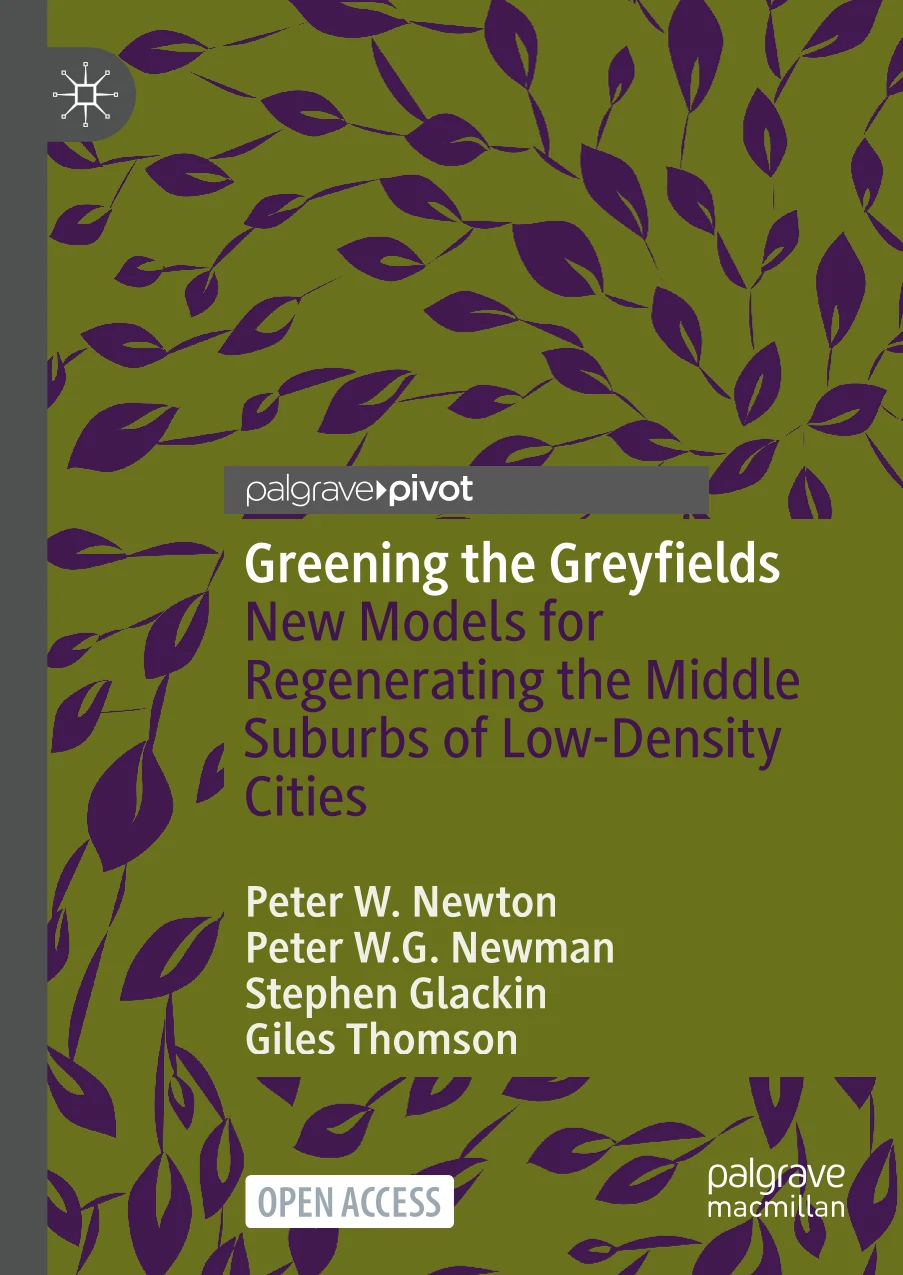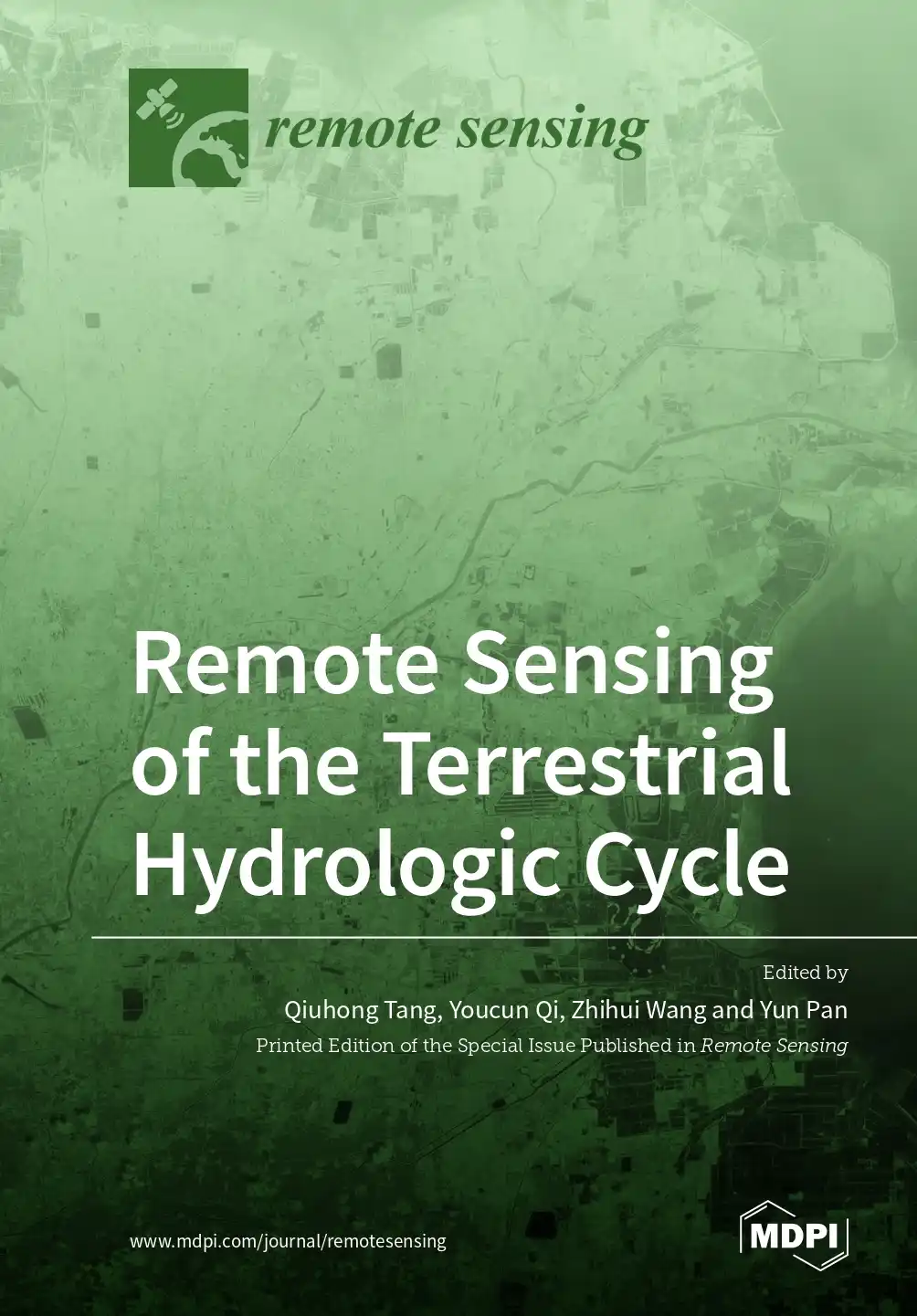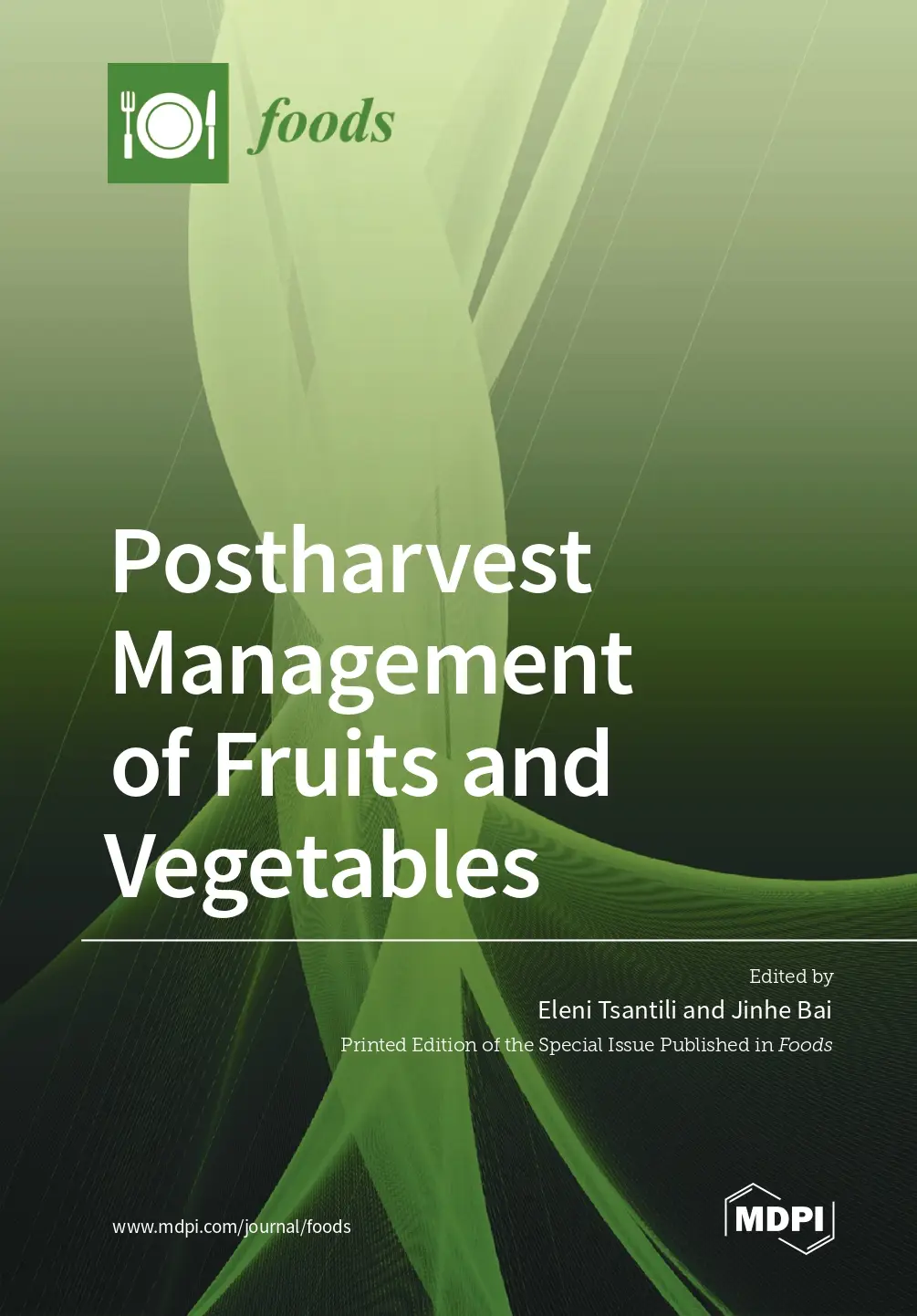Sustainable Agriculture and Advances of Remote Sensing (Volume 2)
Abstract
This special issue on "Sustainable Agriculture and Advances in Remote Sensing" falls within the scope of current efforts to mitigate and adapt to a changing climate.
It was launched with the aim of collecting and promoting recent scientific studies proposing and evaluating developments in remote areas, sensing technology and agronomy leading to sustainable agriculture.
Sustainable Agriculture and Advances of Remote Sensing (Volume 2)
Abstract
This special issue on "Sustainable Agriculture and Advances in Remote Sensing" falls within the scope of current efforts to mitigate and adapt to a changing climate.
It was launched with the aim of collecting and promoting recent scientific studies proposing and evaluating developments in remote areas, sensing technology and agronomy leading to sustainable agriculture.
Remote Sensing of Regional Soil Moisture
Requests for regional soil moisture observations are increasing to parameterize complex hydrological models, to assess the impact of land-use changes, and to develop climate adaption strategies in the agricultural sector. Spatial land-use patterns have an impact on the soil water balance and groundwater recharge. Soil moisture is therefore a key parameter for the long-term monitoring and development of sustainable land-management and landscape design strategies that mitigate regional water scarcity and droughts. For example, the spatial organization of hedges or tree rows related to open land and wind direction avoids soil erosion, limits local evaporation, and increases local soil water storage.
Remote Sensing of Regional Soil Moisture
Requests for regional soil moisture observations are increasing to parameterize complex hydrological models, to assess the impact of land-use changes, and to develop climate adaption strategies in the agricultural sector. Spatial land-use patterns have an impact on the soil water balance and groundwater recharge. Soil moisture is therefore a key parameter for the long-term monitoring and development of sustainable land-management and landscape design strategies that mitigate regional water scarcity and droughts. For example, the spatial organization of hedges or tree rows related to open land and wind direction avoids soil erosion, limits local evaporation, and increases local soil water storage.
Poultry Nutrition
Nutrition is defined in a range of ways, but is frequently inadequately understood. It is a simple concept, yet encompasses much complexity.
Poultry Nutrition
Nutrition is defined in a range of ways, but is frequently inadequately understood. It is a simple concept, yet encompasses much complexity.
Spatial Estimation of Soil Erosion Risk Using RUSLE/GIS Techniques and Practices Conservation Suggested for Reducing Soil Erosion in Wadi Mina Catchment (Northwest, Algeria)
To meet the pressing water needs in Algeria, the state has put in place a strategy consisting of the creation of hydraulic infrastructure for the mobilization of surface water resources. In fact, 74 dams are currently in operation; these structures are silting up at a rapid pace, generating an estimated annual loss of 45 million m3 . Sidi Mhamed Benaouda dam located in the Oranian hill, with a water capacity of respectively 241 million m3 plays a crucial economic role in this region. The protection of this dam against erosive processes is a pressing economic goal. To do this, the RUSLE/GIS approach was used to map the erosive hazard. The results obtained in the Mina catchment, following a subdivision of 1315 homogeneous land parcels, show a total annual loss of 60 million tons/year with an average loss of 11.2 t/ha/ year.
Spatial Estimation of Soil Erosion Risk Using RUSLE/GIS Techniques and Practices Conservation Suggested for Reducing Soil Erosion in Wadi Mina Catchment (Northwest, Algeria)
To meet the pressing water needs in Algeria, the state has put in place a strategy consisting of the creation of hydraulic infrastructure for the mobilization of surface water resources. In fact, 74 dams are currently in operation; these structures are silting up at a rapid pace, generating an estimated annual loss of 45 million m3 . Sidi Mhamed Benaouda dam located in the Oranian hill, with a water capacity of respectively 241 million m3 plays a crucial economic role in this region. The protection of this dam against erosive processes is a pressing economic goal. To do this, the RUSLE/GIS approach was used to map the erosive hazard. The results obtained in the Mina catchment, following a subdivision of 1315 homogeneous land parcels, show a total annual loss of 60 million tons/year with an average loss of 11.2 t/ha/ year.
Soil–Water Conservation, Erosion, and Landslide
Soil erosion is a serious threat to sustainable agriculture, food production, and environmental security. The advancement of accurate models for soil erosion susceptibility and hazard assessment is of utmost importance for enhancing mitigation policies and laws. This paper proposes novel machine learning (ML) models for the susceptibility mapping of the water erosion of soil. The weighted subspace random forest (WSRF), Gaussian process with a radial basis function kernel (Gaussprradial), and naive Bayes (NB) ML methods were used in the prediction of the soil erosion susceptibility. Data included 227 samples of erosion and non-erosion locations through field surveys to advance models of the spatial distribution using predictive factors.
Soil–Water Conservation, Erosion, and Landslide
Soil erosion is a serious threat to sustainable agriculture, food production, and environmental security. The advancement of accurate models for soil erosion susceptibility and hazard assessment is of utmost importance for enhancing mitigation policies and laws. This paper proposes novel machine learning (ML) models for the susceptibility mapping of the water erosion of soil. The weighted subspace random forest (WSRF), Gaussian process with a radial basis function kernel (Gaussprradial), and naive Bayes (NB) ML methods were used in the prediction of the soil erosion susceptibility. Data included 227 samples of erosion and non-erosion locations through field surveys to advance models of the spatial distribution using predictive factors.
Soil, Water and Nitrates Management in Horticultural Production
Crop production in arid regions requires continuous irrigation to fulfill water demand throughout the growing season. Agronomic measures, such as roots-soil microorganisms, including arbuscular mycorrhizal (AM) fungi, have emerged in recent years to overcome soil constraints and improve water use efficiency (WUE). Eggplant plants were exposed to varying water stress under inoculated (AM+) and non-inoculated (AM−) to evaluate yield performance along with plant physiological status. Plants grown under full irrigation resulted in the highest fruit yield, and there were significant reductions in total yield and yield components when applying less water. The decline in fruit yield was due to the reduction in the number of fruits rather than the weight of the fruit per plant. AM+ plants showed more favorable growth conditions, which translated into better crop yield, total dry biomass, and number of fruits under all irrigation treatments.
Soil, Water and Nitrates Management in Horticultural Production
Crop production in arid regions requires continuous irrigation to fulfill water demand throughout the growing season. Agronomic measures, such as roots-soil microorganisms, including arbuscular mycorrhizal (AM) fungi, have emerged in recent years to overcome soil constraints and improve water use efficiency (WUE). Eggplant plants were exposed to varying water stress under inoculated (AM+) and non-inoculated (AM−) to evaluate yield performance along with plant physiological status. Plants grown under full irrigation resulted in the highest fruit yield, and there were significant reductions in total yield and yield components when applying less water. The decline in fruit yield was due to the reduction in the number of fruits rather than the weight of the fruit per plant. AM+ plants showed more favorable growth conditions, which translated into better crop yield, total dry biomass, and number of fruits under all irrigation treatments.
Remote Sensing of the Terrestrial Hydrologic Cycle
Latent heat flux (LE) and the corresponding water vapor lost from the Earth’s surface to the atmosphere, which is called Evapotranspiration (ET), is one of the key processes in the water cycle and energy balance of the global climate system. Satellite remote sensing is the only feasible technique to estimate LE over a large-scale region. While most of the previous satellite LE methods are based on the optical vegetation index (VI), here we propose a microwave-VI (EDVI) based LE algorithm which can work for both day and night time, and under clear or non-raining conditions. This algorithm is totally driven by multiple-sensor satellite products of vegetation water content index, solar radiation, and cloud properties, with some aid from a reanalysis dataset.
Remote Sensing of the Terrestrial Hydrologic Cycle
Latent heat flux (LE) and the corresponding water vapor lost from the Earth’s surface to the atmosphere, which is called Evapotranspiration (ET), is one of the key processes in the water cycle and energy balance of the global climate system. Satellite remote sensing is the only feasible technique to estimate LE over a large-scale region. While most of the previous satellite LE methods are based on the optical vegetation index (VI), here we propose a microwave-VI (EDVI) based LE algorithm which can work for both day and night time, and under clear or non-raining conditions. This algorithm is totally driven by multiple-sensor satellite products of vegetation water content index, solar radiation, and cloud properties, with some aid from a reanalysis dataset.
Postharvest Management of Fruits and Vegetables
Abstract: The aim of this work was to investigate the effect of edible coatings (ECs) prepared from extracts of Opuntia ficus-indica (OFI) cladodes in comparison with a commercial chitosan formulation on the quality of ‘Regina’ cherries packaged in macro-perforated bags and stored for up to 28 d (1 ◦C, 90% RH).
Postharvest Management of Fruits and Vegetables
Abstract: The aim of this work was to investigate the effect of edible coatings (ECs) prepared from extracts of Opuntia ficus-indica (OFI) cladodes in comparison with a commercial chitosan formulation on the quality of ‘Regina’ cherries packaged in macro-perforated bags and stored for up to 28 d (1 ◦C, 90% RH).










